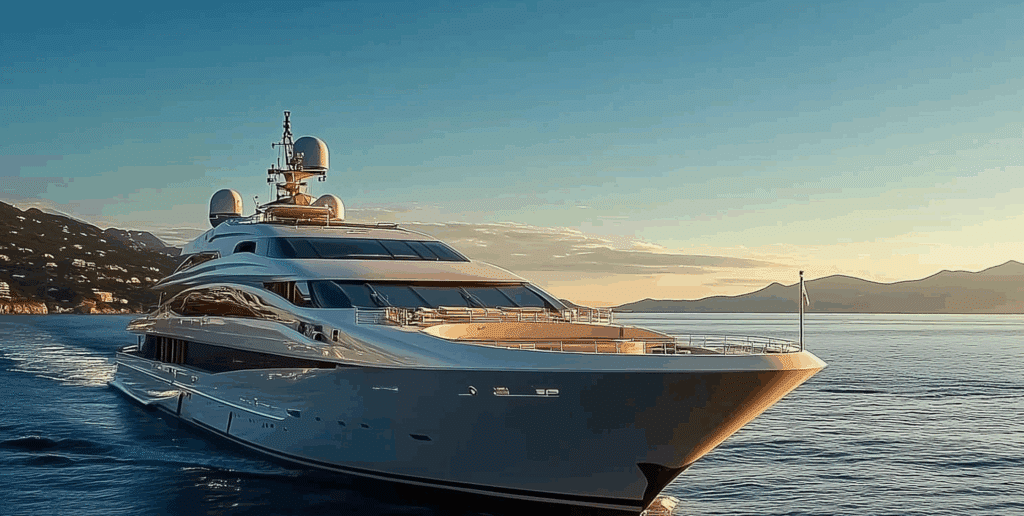The International Maritime Organization’s (IMO) 83rd Marine Environment Protection Committee (MEPC) meeting marked a major step toward achieving the industry’s net-zero emissions goals. Held in April 2025, MEPC 83 laid the groundwork for sweeping regulatory reforms, most notably, the approval of mid-term greenhouse gas (GHG) reduction measures under MARPOL Annex VI, set to enter into force by March 2027. These measures will reshape how commercial ships are designed, fueled, and operated, with ripple effects across the entire maritime sector.
Mid-Term GHG Measures: A Regulatory Milestone
The most significant outcome from MEPC 83 is the finalisation of a new GHG Fuel Intensity (GFI) regulatory framework. This system requires all ships over 5,000 GT to measure and reduce their well-to-wake GHG intensity. Each vessel must track its energy consumption and report its performance via a central IMO GFI Register. Non-compliant ships will face economic penalties, while overperformers will earn “Surplus Units” that can be banked, traded, or sold – thereby introducing a new compliance market.
The regulation applies to most large vessels, but exemptions exist for ships operating exclusively in their national waters and those not mechanically propelled.
Timeline and Incentives
The regulatory roll-out begins in 2027, but ships won’t have to report compliance until 2029. A critical component of the framework is its flexibility: ships can make up for non-compliance using credits or opt for cleaner fuels and technologies to avoid penalties altogether.
To accelerate adoption of zero or near-zero emission fuels, MEPC 83 also introduced financial incentives. Ships using fuels with a Greenhouse Gas Fuel Intensity (GFI) below 19 gCO₂eq/MJ will qualify for rewards, lowering the cost barrier to transition technologies like hydrogen or biofuels. From 2035, this threshold tightens to 14 gCO₂eq/MJ, signaling a long-term push toward cleaner solutions.
Transparency and Accountability
MEPC 83 also pushed for greater transparency. New amendments to MARPOL Annex VI will make ship fuel consumption data more accessible, aiding regulatory oversight and stakeholder accountability. Verified data will now be available to EU States and the public in anonymised form, bolstering trust in emissions reporting.
For the superyacht industry, this visibility is a double-edged sword. Yachts may soon find their environmental performance scrutinised alongside commercial vessels.
Implications for Superyachts
For now, the IMO’s net zero framework excludes vessels under 5,000 GT. Most superyachts fall below this threshold, meaning they are not legally obligated to comply with these robust GHG regulations. However, this is a wake-up call for the superyacht sector. Yachts may become subject to the new framework as compliance thresholds expand to cover smaller vessels, or as sustainability becomes a key charter and ownership consideration.
Superyacht builders and designers should prepare to integrate GFI measurement and energy optimisation into the earliest design phases. Retrofitting older vessels to meet compliance could become costly, making early adoption a smart move both financially and reputationally.
What’s Next?
MEPC 83 signaled a transformative period for maritime sustainability. Alongside GHG regulations, the Committee advanced work on lifecycle assessments for fuels, carbon capture technologies, and the reduction of underwater radiated noise (URN), a concern particularly relevant for yachts aiming to minimise their impact on marine life.
Supporting guidelines for implementing these new rules will be finalised in the coming years, and by 2029, reporting and compliance will become annual requirements. The IMO’s focus is clear: continuous, measurable improvement.
Conclusion
The shipping industry is entering a new era of decarbonisation, and superyachts are not exempt. MEPC 83 has laid the foundation for a regulatory landscape that demands accountability, innovation, and collaboration. For forward-thinking owners and shipbuilders, this is an opportunity to lead by example.
SEA Index continues to track regulatory developments like MEPC 83 in order to effectively support the superyacht community in navigating the transition to a more sustainable sector.
The flagship SEA Index CO2 certification methodology is closely aligned with IMO methodologies, ensuring it is compliant with any future regulation. By employing internationally recognised formula and third-party verification, we ensure that our ratings provide owners with accurate, unbiased and meaningful emissions data.





